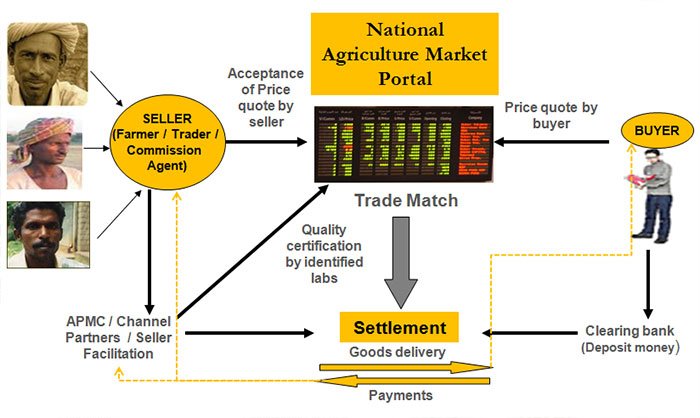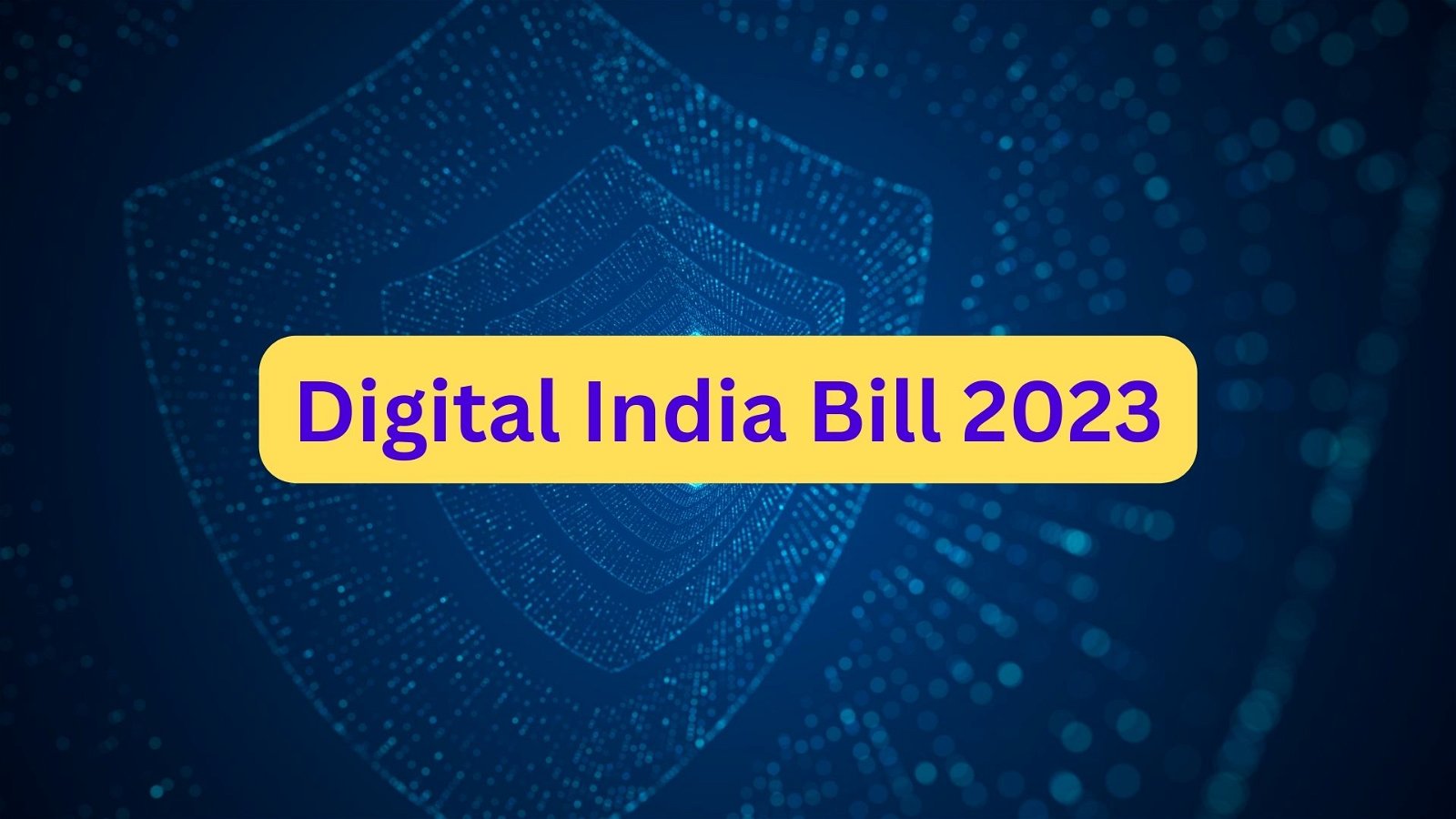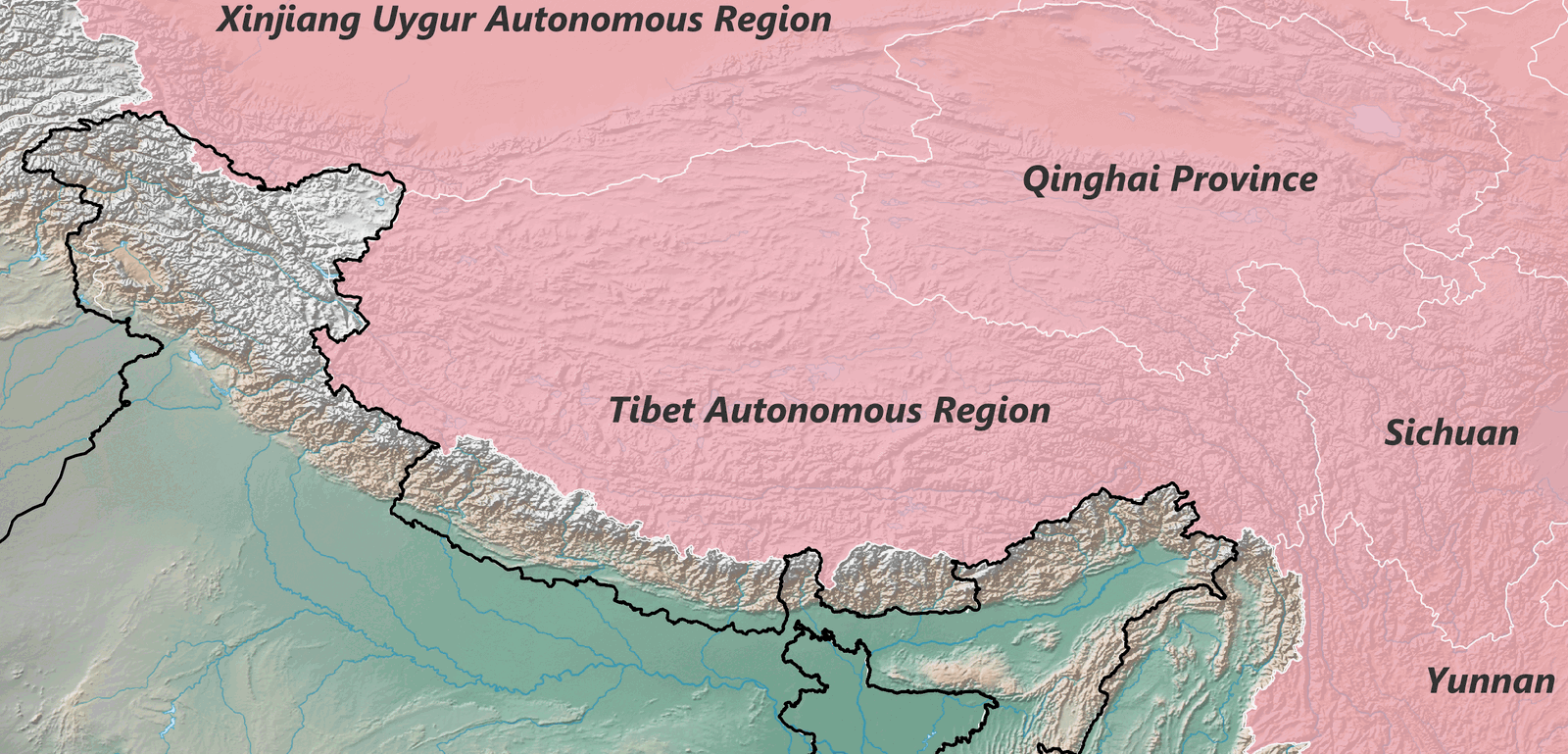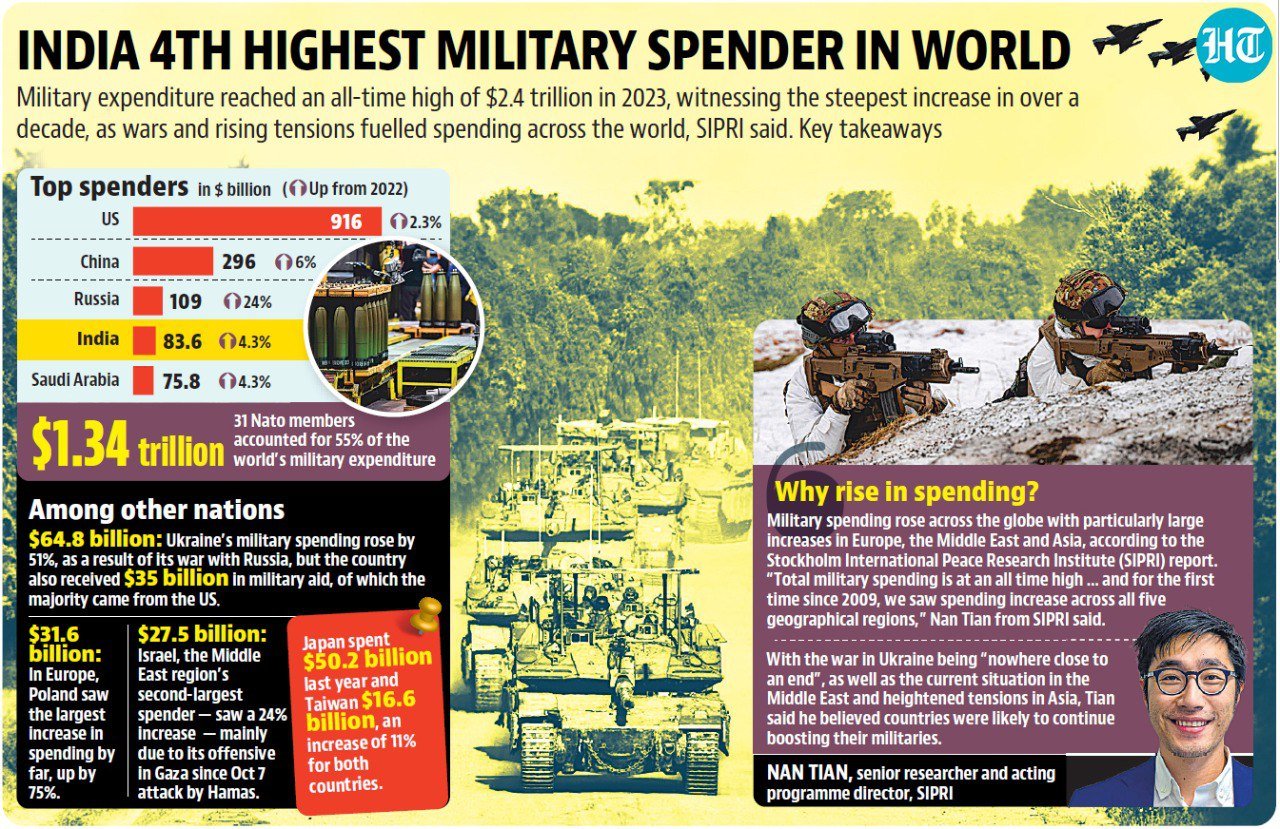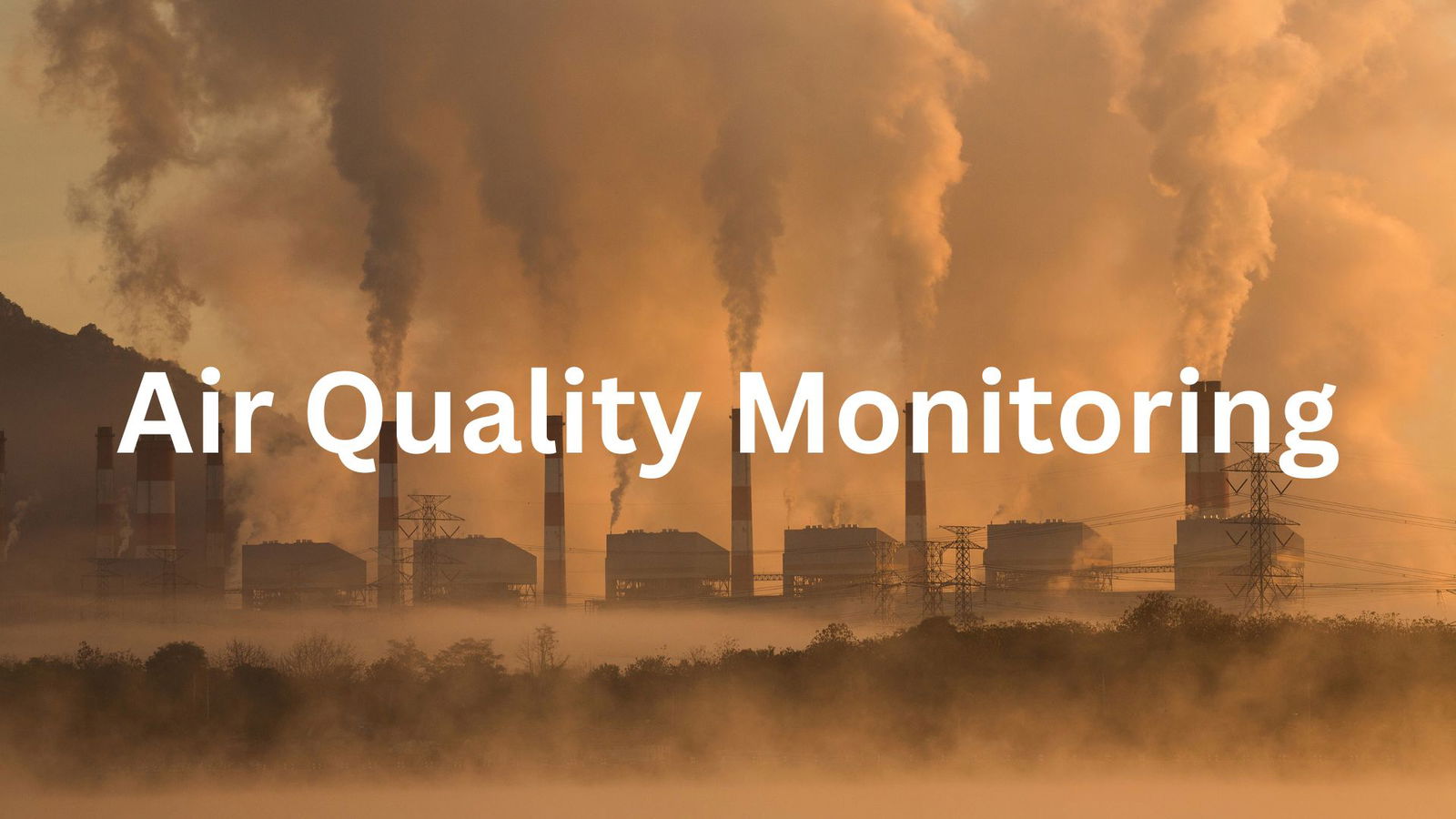
Current Affairs January 19, 2024: Decline in China’s Population, Prior Approval, ASER Report 2023, Tobacco Usage, K Vijay Raghavan Committee, One Vehicle, One FASTag, Olive Ridley Turtles, Science Communication
Subscribers of "Current Affairs" course can Download Daily Current Affairs in PDF/DOC
Subscribe to Never Miss an Important Update! Assured Discounts on New Products!
Must Join PMF IAS Telegram Channel & PMF IAS History Telegram Channel
{GS1 – IS – Population} Decline in China’s Population
- Context (IE): Since 2016, the Total Fertility Rate (TFR) has been falling in China.
- India overtook it as the most populous country in the world in 2023.
|
Evolution of Birth Control Policy in China

- For the First Chinese President, Mao Zedong, birth control was a concern but not of great importance.
- Failure of the Great Leap Forward (1958-62) programme led to starvation and death of millions.
- With the rolling back of the Great Leap Forward, the population bounced back.
|
- Five-Year Plans after the 1970s encouraged birth control and even coerced.
- The One-child policy, introduced in 1980, restricted couples to having only one child.
- The “Later, longer, and fewer” slogan encouraged delayed marriage, longer gaps in children and fewer children.
- The One-child policy was questioned later not just over issues of privacy and the state’s overreach but also the need.
Reasons for the decline
- China’s TFR (2020 Census) was 1.3 births per woman, way below the replacement rate of 2.1.
|
- “One Child policy” claims to have reduced the TFR from 2.75 (1979) to 1.3 (2020) in China.
- In 2016, the “One Child Policy” officially ended, and couples were allowed to have up to two children, which was later increased to three children in 2021.
- Women’s education and employment allow them to make choices about their reproductive health.
- Dejection from family life and customs is also one of the reasons.
- High pressures of modern society, with increasing competition for jobs, are also factors leading to delayed marriage and no child.
- COVID-19 pandemic deaths have also caused a decrease in the population.
Impact of declining population on China
- The Working-age population has now fallen to 61% of the total population.

- Greater investments in elderly care, including palliative care, are needed.
- Pressure on the young population to support ‘dependents’ (Aged less than 15 or more than 59).
- Vicious cycle of slowdown: An economic slowdown should mean young couples delay having children. The resulting decline in fertility rates eventually pushes the economy’s productivity rates lower.
|
{GS2 – Polity – IC} Prior Approval
- Context (IE): Recently, the SC issued a divided verdict on the requirement of Prior Approval from the GoI before investigating offences under the Prevention of Corruption Act (PCA), 1988.
- Verdict was on CM Chandrababu Naidu’s plea to quash an FIR in alleged skill development scam case.
- Justice Bose held that prior approval was necessary before conducting an inquiry into the allegations against Naidu, which the CID did not have when it opened the investigation.
- Justice Trivedi held it was necessary to seek approval under Section 17A of the PCA Act only to investigate offences committed after 2018, the year this requirement was introduced.
Prior Approval Requirement
Under Delhi Special Police Establishment Act, 1946
- In 2003, an amendment to the Delhi Special Police Establishment Act, 1946 (specifically Section 6A) was made.
- It mandated that agencies like the CBI seek GoI’s approval before probing alleged offences under the PCA, 1988, if the implicated employee held a rank higher than a joint secretary.
- The SC eliminated this requirement in 2014.
The Delhi Special Police Establishment Act
|
Under the Prevention of Corruption Act (PCA), 1988
- In 2018, the PCA underwent an amendment, incorporating a provision comparable to Section 17A.
- As per section 17A, if a public servant commits an offence under the Act during official duties, investigators must receive approval from the central/state government or a competent authority to initiate an inquiry.
Prevention of Corruption Act (PCA), 1988
|
Challenges posed by Prior approval provision
- It impedes tracking down corrupt public officials.
- It undermines the purpose of anti-corruption legislation.
- It places the burden on police officers and investigating agencies, which would, in effect, protect corrupt officials.
- It is “tough” to determine if a public official committed an offence while discharging their duties if no investigation could be conducted in the first place.
- In its 2014 judgment, the SC observed that such provisions are destructive to the objective of the anti-corruption laws and sometimes result in a forewarning to those officials involved.
- In 2018, the NGO Centre for Public Interest Litigation (CPIL) challenged the constitutionality of the prior approval requirement.
{GS2 – Social sector – Education} ASER Report 2023
- Context (IE | IE): Annual Status of Education Report (ASER) 2023 ‘Beyond Basics’ survey results show foundation skills among 14- to 18-year-olds remain poor.
- Since 2005, Pratham’s Annual Status of Education Report has been tracking school-related trends in rural areas for children aged 6-14.
- In 2023, survey shifted focus to 14-to-18-year-olds. It examined their practical application of reading and math skills, aspirations, and access to digital technology, focusing on their proficiency in using it.
Key findings from the survey
- Reading: 25% of children aged 14-18 struggle to fluently read a Standard II-level text in their regional language. Girls outperform boys across enrollment categories in this aspect.
- Basic Numeracy: Over 50% of 14- to 18-year-old rural children in India face challenges in solving basic three-digit division problems, typically taught in Classes 3-4. They also encounter difficulties in everyday skills such as telling time and basic calculations.

- Digital Skills & Access: Everyone had the basic knowledge of using digital tools. However, they primarily interact with social media.

- Aspiration: Over 55% were enrolled in Arts/Humanities, 31.7% in STEM, and 9.4% in Commerce.
- Around 30% are already working, often for their parents. However, they don’t want to continue the same work in future.
{GS2 – Social Sector – Health – Issues} Tobacco Usage
- Context (TH): The World Health Organisation (WHO) Global Report on Trends in Prevalence of Tobacco Use 2000–2030 was released.
Findings of the report
- Global Tobacco use has tumbled with 1 in 5 adults consuming tobacco compared to 1 in 3 in 2000.
- Currently, 1.25 billion people aged 15 or over used tobacco in 2022 versus 1.36 billion in 2000.
- South-East Asian Region has the highest percentage of population using tobacco at 26.5% with the European Region not far behind at 25.3%.
- Tobacco use is set to fall further by 2030 to around 1.2 billion people.
Tobacco Plant
- Tobacco (Nicotiana tabacum) is an herbaceous annual or perennial plant.
- Though tobacco is tropical in origin, it is grown throughout the world.
- Tobacco plant grows optimally at temperatures between 20 and 30°C in areas where there is a dry period to facilitate the harvest of the leaves.
- Tobacco plants are damaged by waterlogged soils and quality can be affected by high salinity.
Beneficial usage of Tobacco Plant & its derivatives
- Products made from the leaves were applied externally as poultices for boils or skin infections and sores, as well as for bruises and sprains.
- Tea made from tobacco leaves were used against intestinal worms, as a laxative, to induce vomiting, to cure headaches, etc.
- Tobacco leaves are applied to cuts as an antiseptic and to stop bleeding.
- Ground tobacco leaves were also used as “snuff” (inhaled through the nose) for medicinal and ritualistic purposes.
- Tobacco smoke is sometimes blown into the ear to treat earaches.
Harmful Impacts of Tobacco
- More than 7 million died as a result of direct tobacco use while around 1.3 million as a result of non-smokers being exposed to second-hand smoke.
- Prolonged tobacco use changes the neurochemistry of the humans.
- Tobacco products are the most littered item on the planet, containing over 7,000 toxic chemicals, which leech into our environment when discarded.
- Processing of tobacco (curing of tobacco leaves to produce dry tobacco) is highly energy intensive, using coal or wood burning that contributes to greenhouse gas emissions and deforestation.
Measures to Control Tobacco Use
India’s Initiatives
Cigarettes and other Tobacco Products (Prohibition of Advertisement and Regulation of Trade and Commerce, Production, Supply and Distribution) Act, (COTPA) 2003
- Its objective is to discourage the consumption of tobacco products to protect the masses from the health hazards attributable to tobacco use.
- The provisions under COTPA, 2003 and the Rules made thereunder mandate:
- Prohibition of smoking in public places;
- Ban on the sale of tobacco products to and by minors and within 100 yards of educational institutions;
- Prohibition on direct and indirect advertising of tobacco products and mandatory display of specified health warnings.
National Tobacco Control Programme (NTCP)
- It was launched in 2007-08.
- Objective:
- To create awareness about the harmful effects of tobacco consumption,
- To reduce the production and supply of tobacco products,
- To ensure effective implementation of the provisions under COTPA, 2003
- To help people quit tobacco use, and
- To facilitate the implementation of strategies for the prevention and control of tobacco advocated by the WHO Framework Convention of Tobacco Control.

Specified health warnings on tobacco products
- Health warnings have been enhanced to 85% of the principal display area of tobacco product packs.
National Tobacco Quitline
- It aims to provide tobacco cessation services to the community.
“mCessation” initiative
- To reach out to tobacco users who are willing to quit tobacco use and to support them towards successful quitting through text messaging via mobile phones.
Tobacco cessation centers
- They have been set up in Dental Colleges/Institutions across the country.
High taxes
- All tobacco products are covered under the highest slab i.e. 28% under Goods & Service Tax with an additional compensation cess, excluding bidis.
National Health Policy (NHP), 2017
- It reiterates the relative reduction of 15% in tobacco use by 2020 and of 30% by 2025.
Global Initiatives
- WHO Framework Convention on Tobacco Control (WHO FCTC) and its guidelines provide the foundation for countries to implement and manage tobacco control.
- India has ratified the WHO Framework Convention on Tobacco Control (FCTC).
- MPOWER measures of WHO to assist in the country-level implementation of effective interventions to reduce the demand for tobacco, contained in the WHO FCTC.
- Monitoring tobacco use
- Protecting people from tobacco smoke
- Quitting tobacco
- Warning about the dangers of Tobacco
- Enforcing tobacco advertising, promotion and sponsorship bans
- Raising taxes on tobacco
{GS3 – IS – Cyber Security} Cyber Security Vulnerabilities
- Context (TH): The Corporate Affairs Ministry has resolved a critical vulnerability that jeopardized the personal information of prominent industrialists and celebrities.
What are cyber security vulnerabilities?
- Cybersecurity vulnerabilities are weaknesses in an organisation’s infrastructure, like internal controls or information systems.
- Hackers can exploit these weaknesses to gain unauthorised access.
- While vulnerabilities themselves aren’t harmful, they become risky when targeted by hackers, potentially leading to data breaches.
- Common Vulnerabilities and Exposures (CVE) periodically releases information about vulnerabilities, assigning a Common Vulnerability Scoring System (CVSS) score to assess the potential risk.
- Common sources of vulnerabilities: Cybersecurity vulnerabilities arise from misconfigurations, bugs, weak passwords, and inadequate data encryption practices.
|
Different types of cyber security vulnerabilities?
| Type of Vulnerability |
Definition |
Prevention |
| Misconfigurations | Many security tools require manual configuration, leading to errors and potential vulnerabilities. | Organisations should seek security tools with automation options to minimise human error. |
| Unsecured APIs | APIs (Application Programming Interfaces) with public IP addresses are vulnerable to exploitation by hackers. | IT security teams need training on best security practices, including encryption, to address API-related risks. |
| Outdated/Unpatched Software | Failure to update software with patches can leave systems vulnerable to exploitation. | Organisations should take responsibility for ensuring all systems are up to date. |
| Zero-day Vulnerability | Zero-day vulnerabilities are flaws unknown to organisations until exploited by threat actors. | Disaster recovery plan, is essential to identify and mitigate zero-day vulnerabilities. |
| Weak/Stolen User Credentials | Human error, like weak passwords, is a common cause of data breaches. | Enforcing strong password practices, changing passwords frequently, and implementing multi-factor authentication can enhance security. |
| Access Control/Unauthorized Access | Employees often have excessive access, creating a broader attack surface. | Adopting the principle of least privilege (POLP) limits user access to what is necessary. |
Indian Computer Emergency Response Team (CERT-In)
|
{GS3 – S&T – Defence} K Vijay Raghavan Committee: DRDO Revamp
- The committee had participation from industry, services, academia and the DRDO.
- The GoI has given the DRDO three months to review and share feedback before implementing the recommendations in a phased manner.
- The committee’s mandate was to
- Redirect DRDO’s focus towards developing high-end technologies for future warfare.
- Find ways to attract and retain high-quality manpower.
- Developing a system of project-based workforce through incentives and disincentives, with strict performance accountability.
|
Need to review the functioning of DRDO
- Several DRDO projects are suffering from massive delays.
- The Parliamentary Standing Committee on Defence expressed concerns that 23 of its 55 mission mode projects could not be completed in time.
- The Comptroller and Auditor General (CAG) had flagged that 119 (or 67%) of the 178 projects scrutinised by it had failed to adhere to their initially proposed timelines.
- CAG also commented, “The practice of seeking multiple extensions defeats the purpose of projects taken under the Mission Mode category.”
- The DRDO has also often been criticised for cost overruns.
Recommendations of the Committee
1. Defence Technology Council (DTC)
- A top body (DTC) should determine the country’s defence technology roadmap and decide on major projects and their execution.
- The proposed DTC will have an Executive Committee.
- The proposed DTC will have an Expert Committee headed by a Principal Scientific Advisor.
Composition of DTC
- Chairman: Prime Minister,
- Vice Presidents: Defence Minister & National Security Advisor.
- It will also include representation from academia and industry, with two members from each sector.
Composition Of Executive Committee
- Chairman: Chief of Defence Staff.
- Other Members:
- The Principal Scientific Advisor,
- The Three service chiefs and
- Their vice chiefs.
2. Department of Defence Science, Technology, and Innovation.
- A separate department under the Defence Ministry to be created – The Department of Defence Science, Technology, and Innovation.
- This department will serve as the secretariat for the DTC.
- The department will aid DTC’s decisions on technology production.
- As the DTC secretariat, it will draw scientists from DRDO and academia, building a repository of knowledge on production expertise and conducting background research for the DTC.
- It is proposed that a Technocrat head the department.
- It will
- Promote defence research and development in the academic and start-up ecosystem.
- Operate labs for testing and certification, a function also performed by DRDO.
3. Other Recommendations
- Research Focus: DRDO should concentrate exclusively on research and development, excluding prototype development and technology demonstrations.
- At present, DRDO remains engaged in all aspects of its projects, from research to development to production.
- Private Sector Engagement: Production and further development responsibilities are recommended to be transferred to selected private entities and public sector undertakings.
- Laboratory Consolidation: Reduce DRDO labs from 40 to approx. ten national-level facilities.
- Testing Facilities: To establish five national test facilities, open for private sector use, to test their weapon systems.
- Organizational Changes: Possible bifurcation of the secretary (research and development) role in the Ministry of Defence.
- PMO Oversight: The PMO is expected to take a more active role in overseeing key strategic projects, indicating heightened scrutiny of DRDO’s performance.
DARPA model
- GoI intends to follow the Defense Advanced Research Projects Agency (DARPA) model of the USA for the DRDO.
- DARPA works on the principle that the US should be ”the initiator and not the victim of strategic technological surprises“.
- DARPA is merely a funding agency with no laboratories or research staff.
- All research is conducted through contracts with universities, industry, and govt. R&D institutions.
- Both DARPA and DRDO were instituted in 1958.
DRDO
- DRDO works under the administrative control of the Ministry of Defence, GoI.
- It is India’s largest research organisation.
- Headquarters: New Delhi.
- It is working to establish a world-class science and technology base for India.
- It equips defence services with internationally competitive systems and solutions.
- It was instituted by combining three major defence organisations, namely:
- Defence Science Organisation (DSO)
- Defence Technical Development Establishment (DTDE)
- Directorate of Technical Development and Production (DTDP)
- DRDO’s first project for the Indian military was surface-to-air missiles (SAM), Project Indigo.
{GS3 – S&T – Defence} Science Communication
- Context (TH): Recently, science communication in India was in news.
- Last year, ISRO’s Chandrayaan-3 mission and COVID-19 information dissemination showcased diverse aspects of science communication in India. E.g,
- The live telecast of the Chandrayaan-3 lander’s soft landing was a significant demonstration.
- The manual on homemade masks issued by the Office of the Principal Scientific Advisor was crucial in promoting reusable and affordable masks.
- Despite these efforts, India’s pandemic revealed significant gaps in reliable scientific information communication.
- Issues included inaccurate data reporting, vaccine hesitancy, and predicting the resurgence of infections.
What is science communication?
- Science communication refers to sharing scientific information, knowledge, and discoveries with various audiences (public, policymakers, and other stakeholders).
- The goal of science communication is to make scientific concepts accessible, understandable, and relevant to non-experts.
- Effective science communication helps promote scientific literacy and build public trust in scientific institutions.
Steps Taken in India to Promote Science Communication
- Establishment of Publications & Information Directorate (PID) under CSIR it published science magazines like Vigyan Pragati, Science Reporter, and Science Ki Duniya.
- Setting up the Birla Industrial and Technological Museum in Calcutta (1959) for promoting science education.
- 42nd Amendment to the Constitution (1976): Parliament passed Article 51 A(h), emphasizing the duty of every citizen to develop a scientific temper, humanism, and the spirit of inquiry and reform.
- Sixth Five Year Plan (1980-1985): It focused on popularising science and nurturing scientific thinking, leading to the establishment of the National Council for Science and Technology Communication.
- Vigyan Prasar (1989): The Department of Science and Technology set up Vigyan Prasar, an autonomous organisation dedicated to popularising science on a broader scale.
Challenges/issues
- Lack of formal education and training in science communication.
- Despite achievements, the closure of Vigyan Prasar in 2023 indicated existing challenges.
Way Forward
- Expanding master’s and doctoral programs in the field.
- Involving students, scientists, and institutions in the communication process.
- Recognizing and rewarding scientists for effective communication.
- Establishing a large-scale science communication strategy for national challenges.
{GS3 – S&T – Tech} One Vehicle, One FASTag
- Context (PIB): The National Highways Authority of India (NHAI) has introduced the ‘One Vehicle, One FASTag‘ initiative.
- It aims to enhance the efficiency of the Electronic Toll Collection system and provide seamless movement at the Toll Plazas.
- The initiative would discourage using a single FASTag for multiple vehicles or associating multiple FASTags with a single vehicle.
- FASTags with a valid balance but incomplete KYC will be deactivated/blocked after January 31, 2024.
FASTags
- FASTag is an electronic toll collection system, launched in 2016.
- It is operated by the National Highways Authority of India (NHAI).
- The device employs Radio Frequency Identification (RFID) technology for payments directly from the prepaid or savings account linked to it.
- It is affixed on the windscreen, so the vehicle can drive through plazas without stopping.
- It is valid for five years & can be recharged as & when required.
Radio Frequency Identification (RFID)
- RFID is an acronym for “radio-frequency identification” & refers to a technology whereby digital data encoded in RFID tags or smart labels are captured by a reader via radio waves.
- RFID belongs to a group of technologies referred to as Automatic Identification & Data Capture.
- AIDC methods automatically identify objects, collect data about them, & enter those data directly into computer systems with little or no human intervention.
- RFID tags contain an integrated circuit & an antenna, which transmit data to the RFID reader (interrogator).
- The reader then converts the radio waves to a more usable form of data.
- Information collected from the tags is stored in a database & analysed.
- RFID is like barcoding in that data from a tag is captured by a device that stores the data in a database.
- RFID, however, has several advantages over systems that use barcode asset tracking software.
- The most notable is that RFID tag data can be read outside the line-of-sight, whereas barcodes must be aligned with an optical scanner.
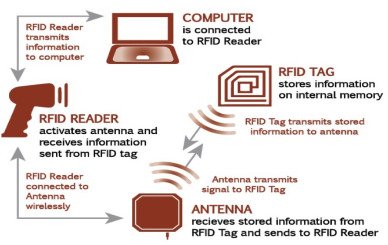
{Prelims – Envi – Species} Olive Ridley Sea Turtles
- Context (DTE): The Olive Ridley sea turtle’s anticipated mass nestings in Rushikulya River mouth, Odisha, due to conducive climate and beach conditions.
Olive Ridley Turtles
- Olive Ridley sea turtles (Lepidochelys olivacea) is the second-smallest and most abundant sea turtle globally.
- They are known for unique arribadas (synchronised mass nestings), where thousands of females come together on the same beach to lay eggs.
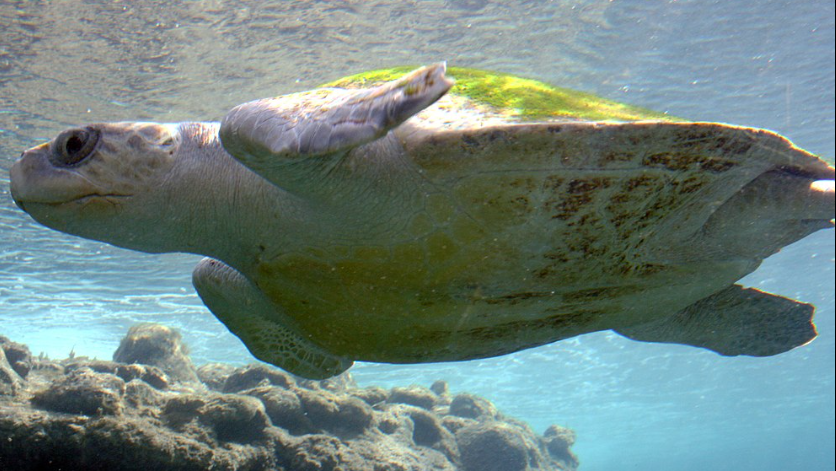
Physical Characteristics
- Males and females grow to the same size, but females have a slightly more rounded carapace.
- The carapace is heart-shaped and rounded, giving it the common name “olive ridley.”
- Hatchlings are dark grey, appearing black when wet.
Distribution
- They are found in warm and tropical waters, primarily in the Pacific and Indian Oceans and warm areas of the Atlantic Ocean.
- The Gahirmatha Beach of Odisha (India) is the most significant breeding ground for these turtles.

Diet
- They are carnivorous, especially in the immature stages of their lifecycle.
Ecological Significance
- Mass nesting influences beach ecosystems and maintains population dynamics.
Conservation Status
- Threats: Unsustainable egg collection, slaughtering on the beach, boat collisions, marine debris, natural disasters, climate change, & beach erosion.





![PMF IAS Environment for UPSC 2022-23 [paperback] PMF IAS [Nov 30, 2021]…](https://pmfias.b-cdn.net/wp-content/uploads/2024/04/pmfiasenvironmentforupsc2022-23paperbackpmfiasnov302021.jpg)


